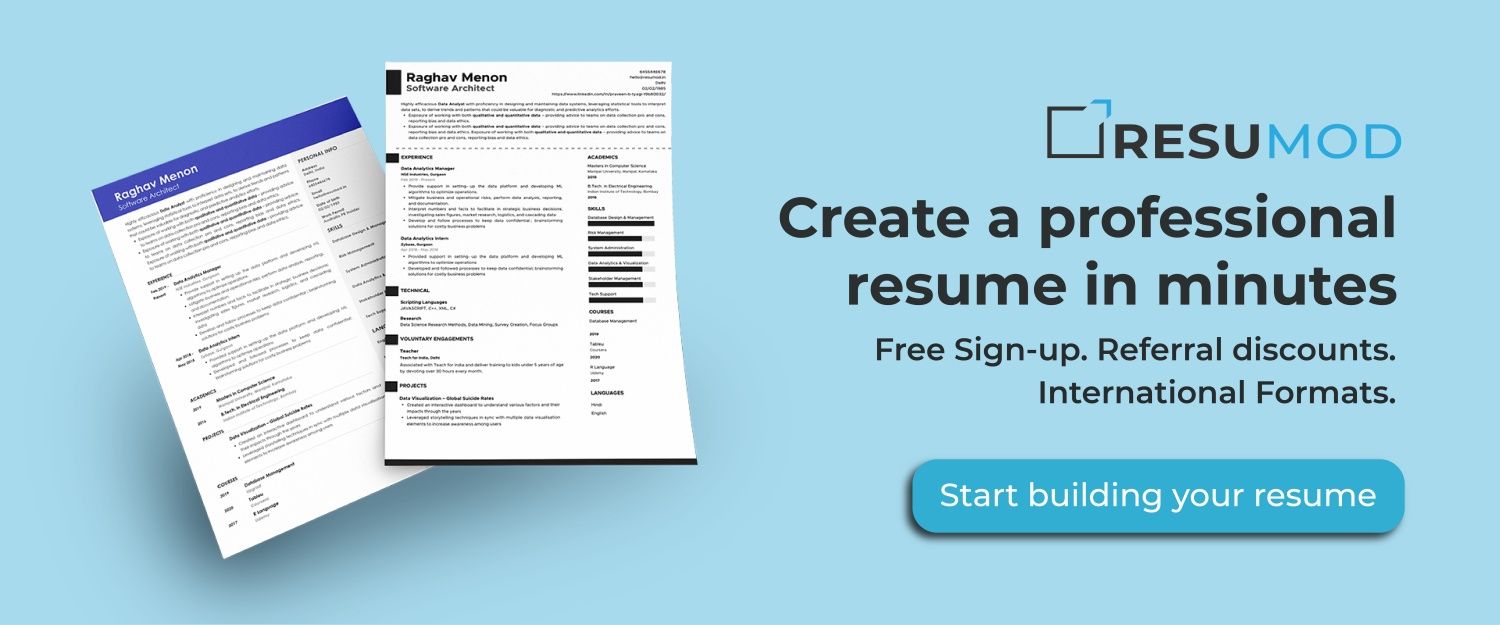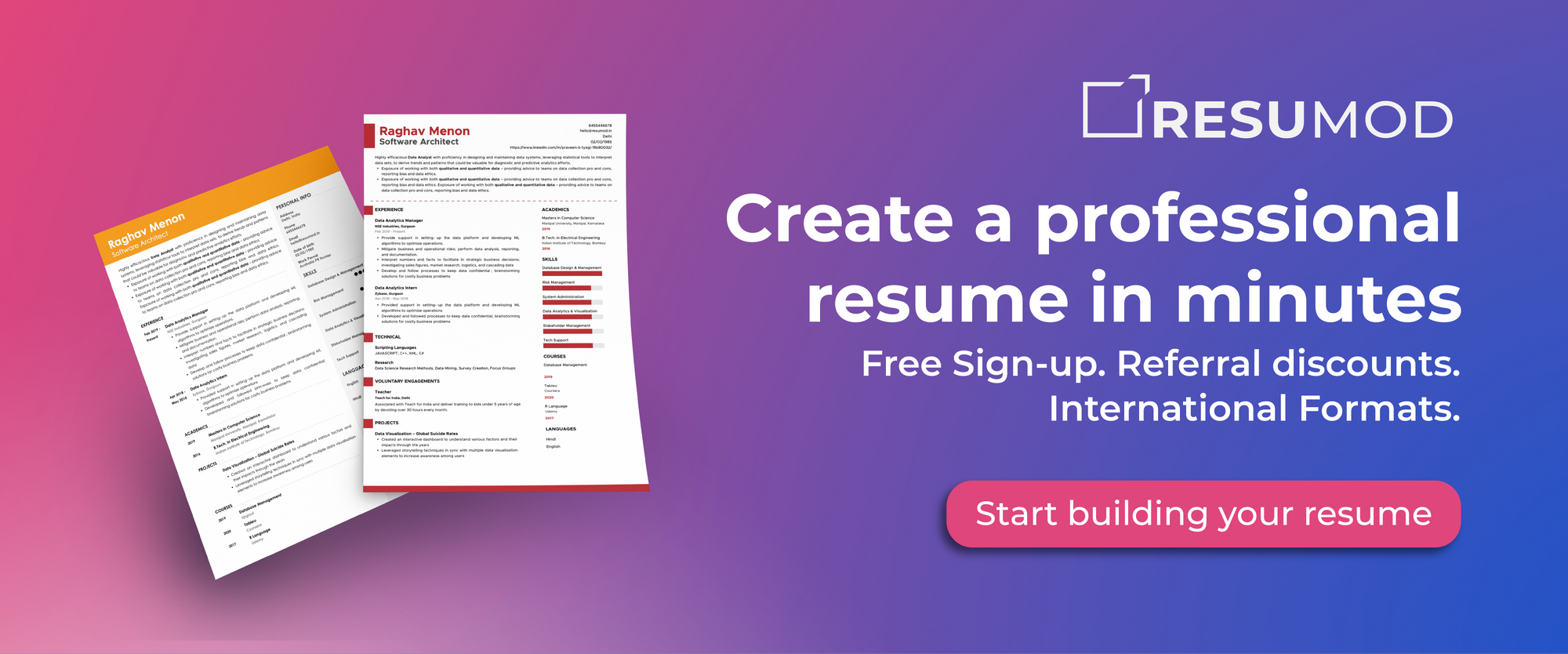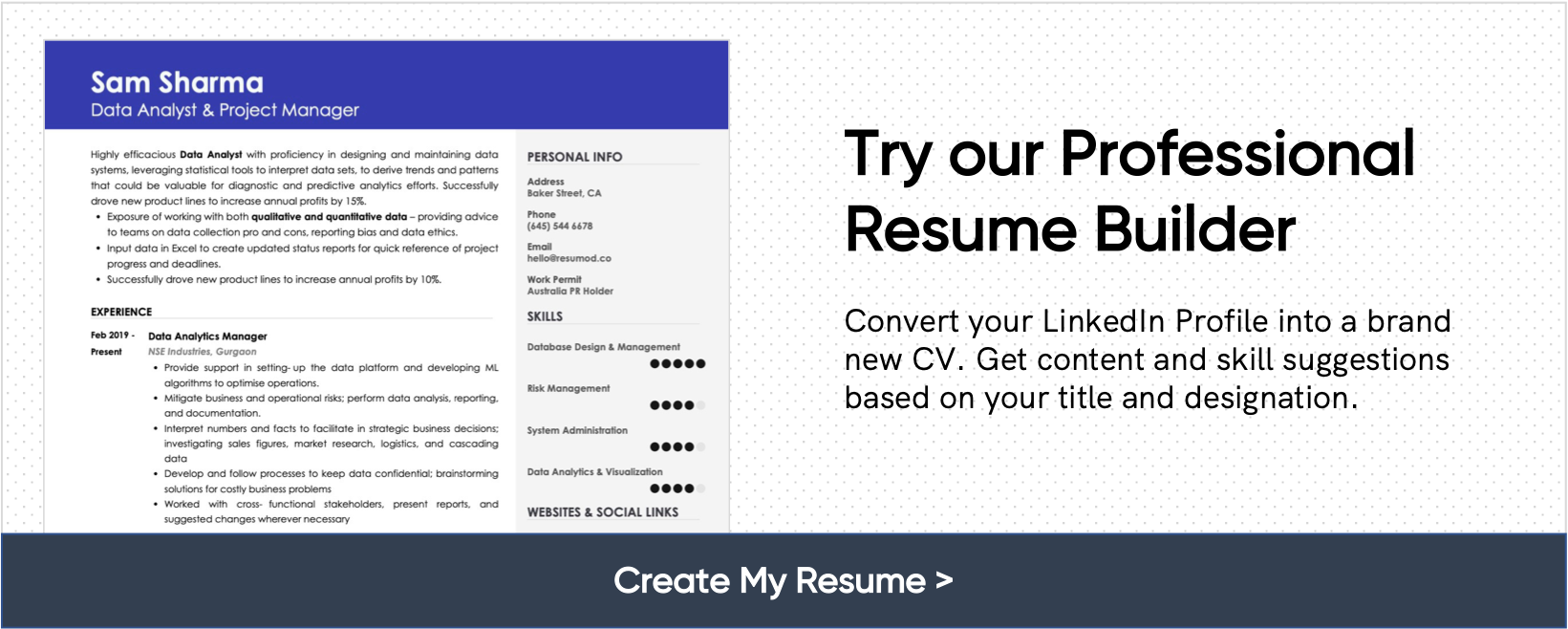Make Your Resume Speak Strategy: How to Reflect Business Acumen
Your resume should tell the story of how you contributed to the organization’s growth, efficiency, or profitability - not just what tasks you were assigned.
In a world where companies value impact more than intent, simply listing job duties on your resume is not enough. Employers today are not just hiring skills – they are hiring strategic thinkers who understand the business beyond their functional roles.
If you want to stand out, your resume must reflect business acumen. It should tell the story of how you contributed to the organization’s growth, efficiency, or profitability - not just what tasks you were assigned.
This blog will walk you through how to make your resume speak strategy, so recruiters see you as a contributor, not just a candidate.
What Does Business Acumen Mean in a Resume?
Business acumen is the ability to understand and impact the broader goals of an organization. It means you:
- Understand how a business works.
- Align your role with business objectives.
- Make decisions that contribute to growth or efficiency.
- Solve problems with a strategic lens.
When employers review your resume, they are scanning for indicators of this mindset. Do you just execute tasks, or do you influence outcomes?
Why Most Resumes Fall Short?
Most resumes follow a pattern: listing responsibilities, tools, and technical expertise. While that information matters, it rarely gives insight into how you think or operate.
Let’s compare:
Typical Line: Managed social media accounts for the brand.
Strategic Line: Increased organic engagement by 65% in 6 months by aligning content strategy with product launch cycles.
The second one reflects thought, alignment, and result - all signs of business acumen.
Step 1: Connect Your Role to Business Outcomes
Every job exists to support a larger business goal - whether it’s revenue generation, customer retention, cost reduction, or operational efficiency.
Your resume should clearly answer: ‘How did my work contribute to the company’s goals?’
Instead of saying: Led onboarding sessions for new hires.
Say: Improved employee retention by 12% through streamlined onboarding that reduced early attrition.
This shows you are not just executing but contributing.
Step 2: Use Metrics That Matter to the Business
Strategic resumes quantify success using metrics that align with business impact.
Here are a few examples based on function:
- Marketing: Lead-to-conversion rate, engagement growth, campaign ROI.
- Sales: Revenue generated, deal size growth, client retention rate.
- HR: Cost-per-hire, attrition rate, employee satisfaction scores.
- Operations: Process turnaround time, cost savings, efficiency improvement.
Avoid vanity metrics. Choose metrics that decision-makers care about. A recruiter may skim, but a hiring manager will notice these.
Step 3: Highlight Decision-Making, Not Just Execution
Execution tells them you can do the job. Decision-making tells them you can grow in the role.
Instead of: Handled vendor negotiations.
Try: Negotiated vendor contracts, reducing procurement costs by 18% while maintaining service quality.
This line shows initiative, financial impact, and judgment - key signals of business acumen.
Step 4: Frame Your Achievements Using the STAR Method
The STAR method (Situation, Task, Action, Result) helps you frame experiences with depth.
Here is how to apply it:
- Situation: What was the business context?
- Task: What were you responsible for?
- Action: What strategic decision or action did you take?
- Result: What measurable result did it lead to?
Example:
Faced with a 20% drop in quarterly sales (Situation), I was tasked with reviving underperforming accounts (Task). Developed a reactivation strategy focused on personalized outreach (Action), resulting in a 30% increase in client renewals within 90 days (Result).
This level of detail conveys business thinking and problem-solving.
Step 5: Use Strategic Language
The words you choose matter. Swap task-based verbs for strategic ones:
- Instead of ‘Worked on,’ use ‘Led,’ ‘Improved,’ or ‘Developed.’
- Instead of ‘Responsible for,’ use ‘Drove,’ ‘Streamlined,’ or ‘Executed with measurable impact.’
- Include business-centric terms like ‘ROI,’ ‘profitability,’ ‘cost efficiency,’ ‘retention,’ ‘market share,’ or ‘scalability.’
Example:
Before: Handled customer complaints and queries.
After: Improved customer satisfaction by resolving queries within 4-hour SLA, contributing to a 15% NPS increase.
Strategic language = Strategic impression.
Step 6: Reflect Industry Understanding
If you are aiming for a senior role or a business-facing function, show you understand industry trends.
You can weave this into your bullet points or summary:
Redesigned product messaging to align with changing fintech regulations, improving client acquisition in the compliance-heavy SMB segment.
Or:
Reduced operational bottlenecks by 20% by adapting process flows in response to new supply chain disruptions.
This shows you are tuned in, not working in a silo.
Step 7: Add a Career Summary That Aligns with Vision
A strategic resume starts with a strong career summary. Do not just list your job titles - connect them to a larger purpose.
Example:
Strategic marketing professional with 6+ years of experience driving ROI-focused campaigns in B2B SaaS. Known for aligning brand storytelling with sales goals to boost lead quality and customer retention.
Your summary should show direction, not just history.
Final Thoughts: Think Like a Business Leader
A resume that reflects business acumen is not just a list of what you have done - it is a narrative of how you think, how you contribute, and how you align your work with strategic goals.
You do not need an MBA to show business sense. You need clarity, evidence, and the right framing.
Before you hit ‘submit’ on your next job application, ask yourself:
‘Does this resume make me look like someone who just does the work - or someone who drives impact?’
The second type is who gets hired faster, paid better, and grows longer.



